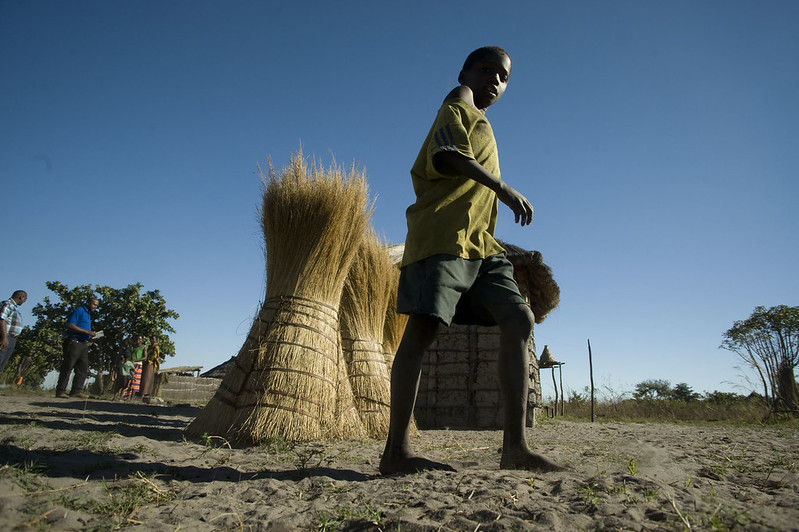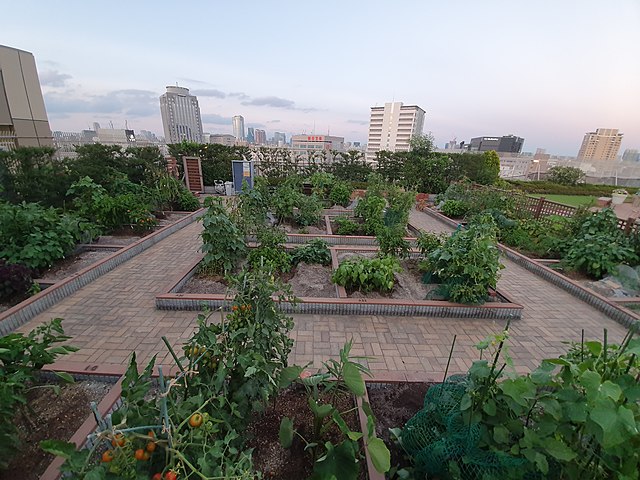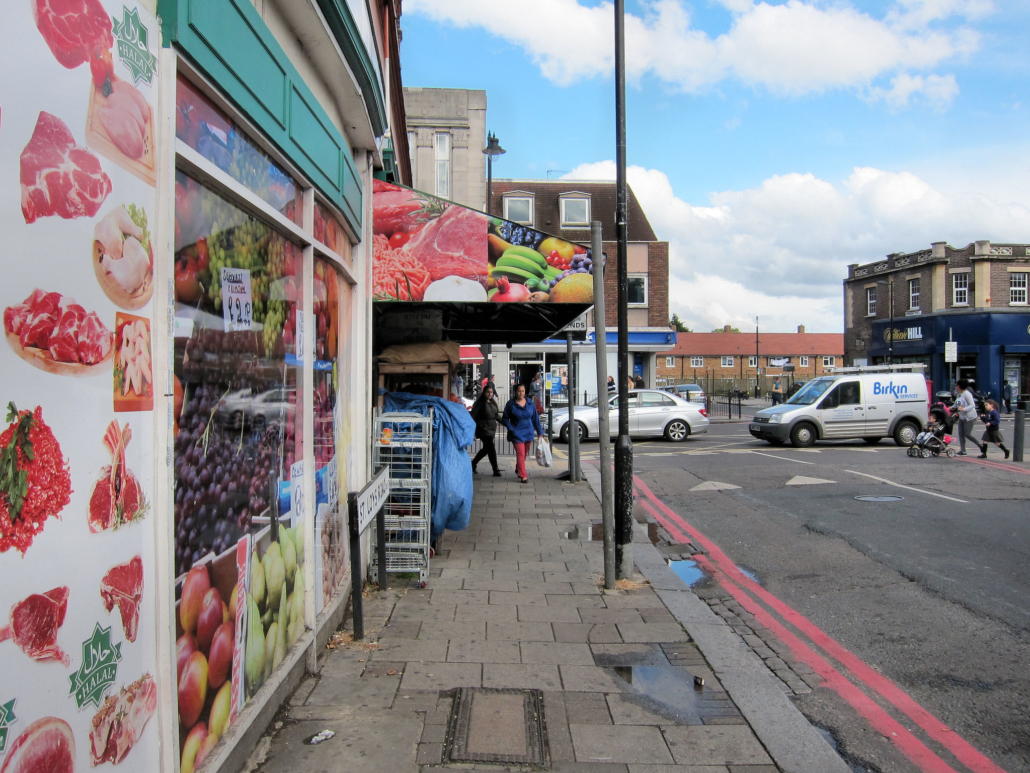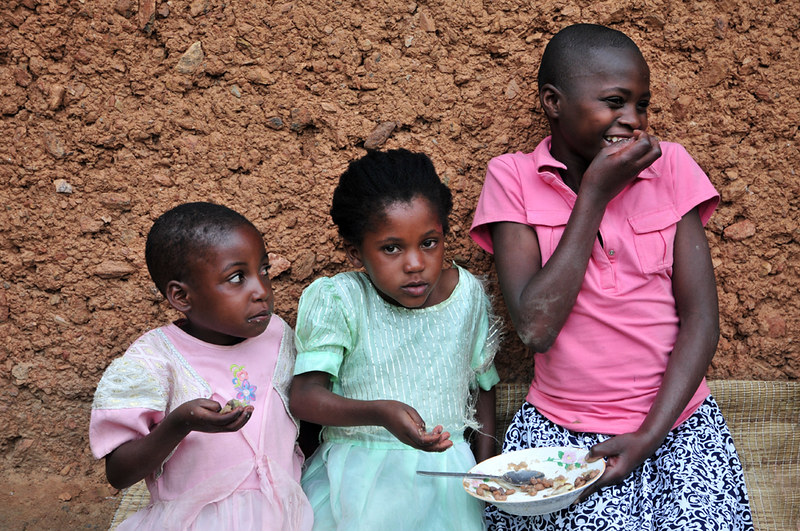 Zambia is a landlocked country in Southern Africa with a population of more than 19 million. The country received lower middle-income status in 2011, but poverty and malnutrition have only increased. Currently, 60% of the population lives below the poverty line, and 35% of children under 5 years old are chronically malnourished. Food insecurity in Zambia is an urgent issue, with only 52% of the population meeting their calorie requirements. Several organizations agree that the “key to improving the food security situation is to look at new methods to increase agricultural productivity.” Below are three programs working with local communities to find sustainable solutions.
Zambia is a landlocked country in Southern Africa with a population of more than 19 million. The country received lower middle-income status in 2011, but poverty and malnutrition have only increased. Currently, 60% of the population lives below the poverty line, and 35% of children under 5 years old are chronically malnourished. Food insecurity in Zambia is an urgent issue, with only 52% of the population meeting their calorie requirements. Several organizations agree that the “key to improving the food security situation is to look at new methods to increase agricultural productivity.” Below are three programs working with local communities to find sustainable solutions.
Action Against Hunger
Action Against Hunger is a nonprofit organization that aims to end hunger through prevention and treatment programs. To help eradicate malnutrition, they created the Seeds of Hope program in Zambia’s Western Province, where 82% of the population lives in poverty. The program provides local farmers with resources and teaches them “climate-smart agricultural practices.” Climate change has challenged communities that rely on farming; therefore, they need sustainable solutions that protect their crops year-round.
Examples of Seeds of Hope projects include teaching water management, building irrigation systems and introducing drought-resistant crops. They also provide new tools and technologies, such as fishing gear and devices that capture excess carbon. Increasing food production will grow the country’s economy “by creating new markets and supporting agribusiness models,” demonstrating the many ways Seeds of Hope can make a difference.
The World Food Program (WFP)
Since 1.5 million smallholder farms produce most of Zambia’s food supply, the World Food Program has introduced a two-year project to help maximize their harvests. Severe droughts between 2018 and 2019 caused half the country and millions of farmers to lose their crops. The WFP’s project works with over 100,000 farmers in five districts across southern and western Zambia. Their goal is to implement “improved farming methods and crop management practices and technologies to reduce post-harvest losses.” They educate farmers on the entire harvesting process, from cultivating land and crop rotation to transportation and storage.
The WFP gives farming communities the resources they need to sustain production quantities, such as affordable storage bags, seeds and mulch. The project has seen promising results, with locals yielding enough crops to feed their families and create revenue.
United Nations Volunteers
In March 2020, Hiroaki Sonoda, a United Nations Volunteer from Japan, started the Sustainable Intensification of Smallholder Farming Systems in Zambia (SIFAZ) project. He came to the country as a Value Chain Development Specialist with the Food and Agricultural Organization (FAO). The project aims to resolve malnutrition and food insecurity in Zambia through economically sustainable farming. Sonoda personally “produced agribusiness and marketing information” to help communities earn more money for their harvests.
FAO-trained officers work locally to implement marketing strategies and sustainable farming techniques. The officers collaborate with local governments to ensure that the SIFAZ project is accessible across the country. So far, the program has helped more than 150 cooperatives, totaling 16,000 farmers in 27 districts across Zambia.
While rates of poverty and malnutrition are growing, several organizations have created programs that reduce food insecurity in Zambia. The projects provide new resources, including irrigation systems, marketing strategies and crop management, that create profitable and sustainable farming practices.
– Diana Grant
Photo: Flickr
 East Timor, a small nation located in Southeast Asia, is grappling with a silent crisis that continues to haunt its people – hunger. Despite some remarkable progress since gaining independence, food insecurity in East Timor remains a pressing issue for many Timorese, threatening the well-being of its population and hindering the nation’s development.
East Timor, a small nation located in Southeast Asia, is grappling with a silent crisis that continues to haunt its people – hunger. Despite some remarkable progress since gaining independence, food insecurity in East Timor remains a pressing issue for many Timorese, threatening the well-being of its population and hindering the nation’s development. The Dominican Republic’s global hunger index has been on a decline since 2000. While
The Dominican Republic’s global hunger index has been on a decline since 2000. While 




 The Philippines, a Southeast Asian country that is famous for its
The Philippines, a Southeast Asian country that is famous for its  Since Russia’s invasion of Ukraine on Feb. 24, 2022, the country has experienced several disastrous side effects that threaten the livelihoods of its people. The most pertinent issue at hand is the dangers to food security. With intense fighting on the frontlines and a myriad of reasons not to leave their homes, many people living on the front lines now struggle against food insecurity in Ukraine. In light of this, many institutions like the World Food Programme (WFP) have dedicated their efforts to fighting against food insecurity.
Since Russia’s invasion of Ukraine on Feb. 24, 2022, the country has experienced several disastrous side effects that threaten the livelihoods of its people. The most pertinent issue at hand is the dangers to food security. With intense fighting on the frontlines and a myriad of reasons not to leave their homes, many people living on the front lines now struggle against food insecurity in Ukraine. In light of this, many institutions like the World Food Programme (WFP) have dedicated their efforts to fighting against food insecurity.